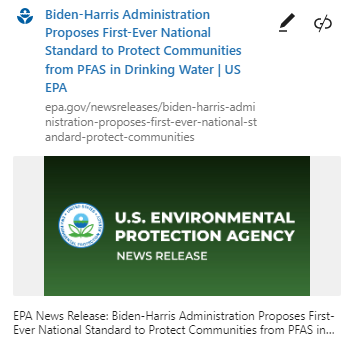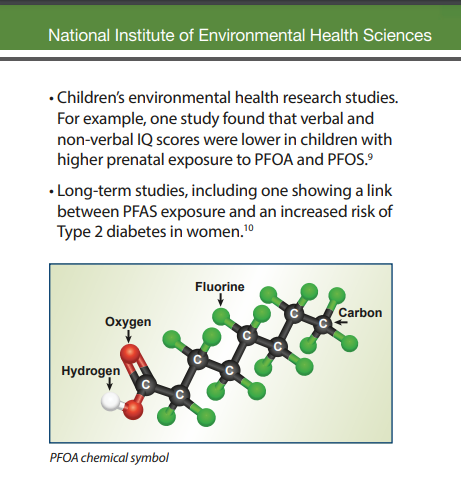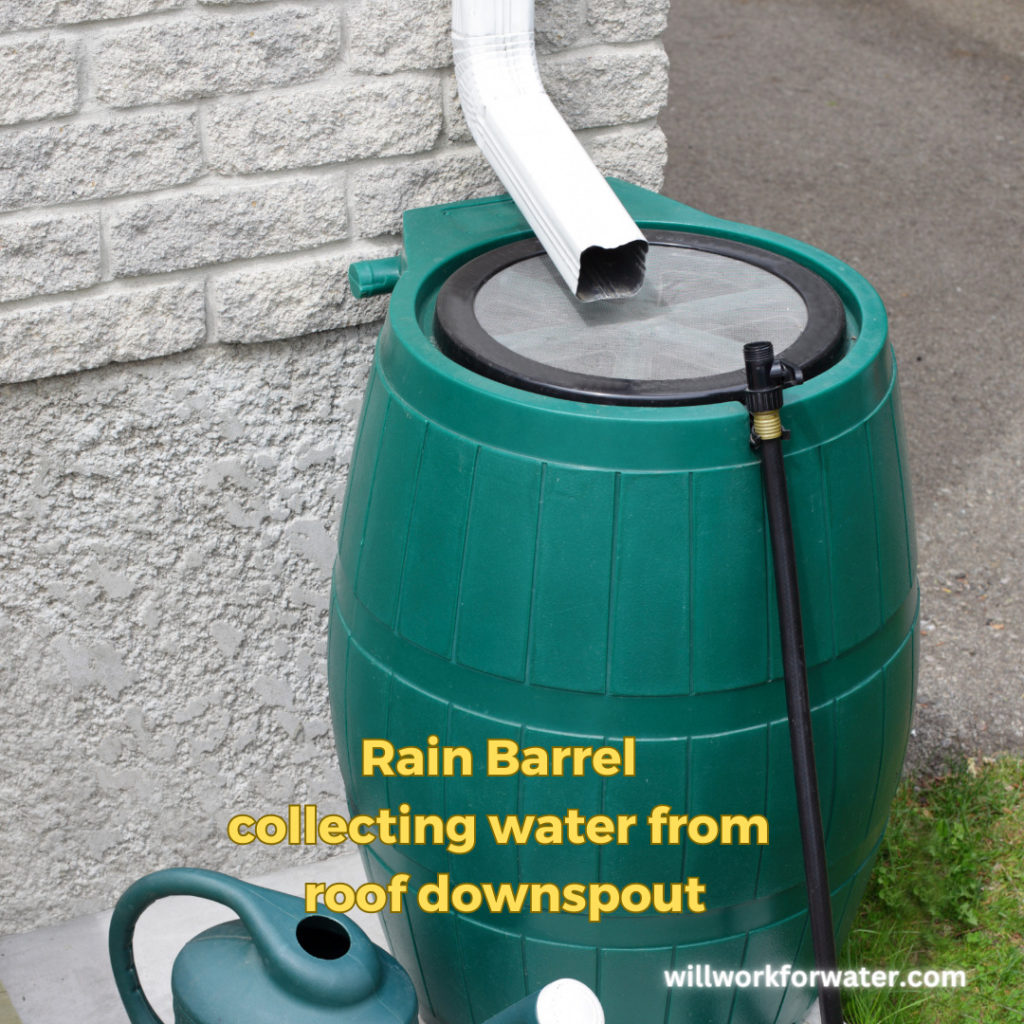Introduction:
PFOS, short for perfluorooctane sulfonate, is a synthetic chemical that has garnered significant attention due to its harmful environmental and health effects. In recent years, concerns about PFOS contamination have led to heightened scrutiny by regulatory bodies, such as the Environmental Protection Agency (EPA). In this article, we will explore the properties of PFOS, its impact on human health and the environment, and the EPA’s forthcoming regulations and compliance requirements.
What is PFOS?
PFOS is a fluorinated organic compound known for its surfactant and water-repellent properties. It was commonly used in various industrial and consumer products due to its ability to resist stains and repel water. PFOS is part of a larger group of per- and polyfluoroalkyl substances (PFAS), which are characterized by their carbon-fluorine bonds.
Historically, PFOS was prevalent in products such as firefighting foams, stain-resistant coatings, and non-stick cookware. Its widespread use has led to its presence in the environment, including water bodies and soil.
Health and Environmental Concerns:
The presence of PFOS in the environment has raised significant health and environmental concerns. Studies have linked PFOS exposure to adverse health effects in humans, including potential harm to the liver, immune system, and developmental growth in children. Due to its persistence and ability to bioaccumulate, PFOS can remain in the human body for extended periods.
Beyond human health risks, PFOS poses a threat to wildlife and ecosystems. The chemical’s stability allows it to persist in the environment, leading to bioaccumulation in animals and potential disruptions to aquatic ecosystems.
EPA’s Role in Regulating PFOS:
The EPA has been at the forefront of addressing PFOS contamination and establishing regulations to limit its impact. In the early 2000s, the EPA worked with industries to voluntarily phase out PFOS production and use. In 2002, 3M, a major PFOS producer, ceased manufacturing the chemical.
Currently, the EPA has set health advisory levels for PFOS in drinking water to protect public health. However, these are not legally enforceable, and concerns persist about the potential risks associated with prolonged exposure to PFOS.
PFOS in Drinking Water:
PFOS has been detected in drinking water sources worldwide. Contamination may occur through industrial discharges, runoff from areas with PFOS-containing products, or the use of firefighting foams containing PFOS. The EPA’s health advisory levels provide guidance to water systems and consumers, but ensuring safe drinking water requires continuous monitoring and treatment.
PFOS in Consumer Products:
While PFOS production has decreased significantly, it can still be found in certain consumer products. PFOS-containing household items, such as stain-resistant carpets and upholstery, pose a risk of release into the environment over time. Awareness of such products is essential for consumers to make informed choices.
EPA’s Upcoming Regulations on PFOS:
Recognizing the need for more stringent regulations, the EPA is actively working to update its guidelines and compliance requirements for PFOS. The agency aims to establish legally enforceable regulations that limit PFOS levels in drinking water and consumer products.
Compliance Challenges for Industries:
The upcoming regulations pose challenges for industries that have historically used PFOS in their products or processes. Companies must adapt their practices to ensure compliance with the new standards while seeking safer alternatives to PFOS.
PFOS Remediation and Cleanup:
Addressing existing PFOS contamination requires comprehensive remediation strategies. Cleanup efforts often involve water treatment technologies, soil remediation, and the safe disposal of PFOS-containing waste. Successful case studies demonstrate the effectiveness of proactive and well-executed cleanup initiatives.
The Future of PFOS Regulations:
The EPA’s efforts to regulate PFOS are expected to continue, with potential advancements in research and technology. Collaboration between industries, government agencies, and environmental organizations will be crucial in achieving a future free from PFOS contamination.
Conclusion:
PFOS remains a persistent environmental and health concern, requiring immediate attention and action. The EPA’s forthcoming regulations and compliance requirements are significant steps towards mitigating PFOS contamination and protecting public health. As awareness grows, individuals, industries, and policymakers must work together to foster a sustainable future with reduced PFOS exposure.
FAQs:
- What are the health risks associated with PFOS exposure?
- PFOS exposure has been linked to potential liver and immune system harm in humans.
- How can I protect myself from PFOS contamination in drinking water?
- Regularly monitor water quality and use water treatment methods if necessary.
- What consumer products should I be cautious of for PFOS content?
- Stain-resistant carpets and upholstery may contain PFOS.
- What industries are most affected by upcoming PFOS regulations?
- Industries involved in manufacturing, firefighting, and stain-resistant coatings may be impacted.
- How can companies ensure compliance with the EPA’s regulations?
- Companies should assess their processes, seek safer alternatives, and implement proper disposal methods.
Additional Resources
PFAS: Per- and Polyfluoroalkyl Substances – California PFAS Timeline





